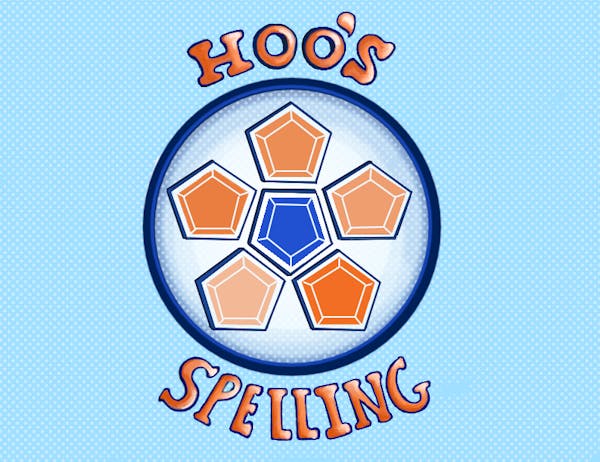One of the issues that has dominated Charlottesville local government in recent months has been the future of the downtown farmers' market. Last December, City Council established a task force chaired by Jeffrey Plank, University associate vice president for research, to study several proposals that either would move the market to another site or develop it in its existing city-owned location south of Water Street between 2nd Street SW and 2nd Street SE. Seven months later, the task force recommended the second option upon concluding that the market's current site offers an ideal combination of accessibility, proximity to downtown and logistical convenience for expansion plans.
Those qualities also make the site ripe for commercial development, however, and the City is now in the process of conducting a study to gauge the opportunity cost of retaining the market in its present location. Attracting large employers to the site would generate significant tax revenue for the City and create much-needed jobs for residents, and it would be unwise to dismiss these potentially huge gains at a time of municipal budget difficulties and general economic malaise.
Yet as the City weighs its options, it must consider carefully what it could be forfeiting by moving the market away from Water and 2nd streets. Other sites may have fewer alternative commercial uses, but they would not allow the market to retain the character and convenience that have turned it into a thriving element of Charlottesville culture. Therefore, the City should commit to retaining the market in its present location and develop a comprehensive strategy to cultivate its growth through infrastructure expansion and outreach to new customers. Partnerships with outside groups will be integral to making this happen, and the City should look toward the University as an institution that not only would benefit from such an endeavor but also one that could be key in bringing about its success.
The University already is contributing to the development of long-term plans for the market through a Jefferson Public Citizens' project that three undergraduate students and a graduate mentor are undertaking. Throughout August, the four students conducted a survey of nearly 500 market patrons to determine their spending and attendance patterns, primary modes of transportation and product preferences. This was the first time in the market's 38-year history that the City and the University had collaborated on such research, and although the survey data has yet to be analyzed it could be crucial to understanding the benefits of cultivating the market at its current location.
Given that the University is a world-class research institution, it makes sense for the City to use the resources at its disposal in other ways as well. Encouragingly, Brian Daly, director of Parks and Recreation, indicated that the City already is planning to do so by reaching out to the Darden School for assistance with an economic impact study that would enable the City to better assess the costs and benefits of the market task force's recommended plan. It also could shed light on the types of development that would bolster the market at its present location and turn the surrounding area into a "market district" featuring complementary businesses and public attractions.
The University's role in the market's future does not have to be limited to conducting research on behalf of the City, however. Rather, the City and the University administration also should strive to promote the market among the student body, recognizing the mutual gains to be had. For the City, a concerted outreach campaign would draw more students to the market where they would support its vendors and the surrounding downtown businesses. From the University's perspective, encouraging more students to attend the market would be a simple and positive way to promote lifestyles that are both sustainable and healthy. Activities such as Grounds-to-market morning runs could be organized, and University Dining could host special events such as dining hall showcases that feature food from market vendors.
These possibilities hinge on the market existing in a location that is attractive and accessible to both students and other community members. Thus, Council should adopt the task force's recommendation and work with the University and other constituencies to develop the market in its present location. The University, for its part, should back Council in this effort by providing it with research and publicity. If these two parties can come together, there is no reason the market cannot serve as a boon to the local economy as well as a unique cultural asset that improves citizen and student quality of life in ways that traditional businesses cannot.






